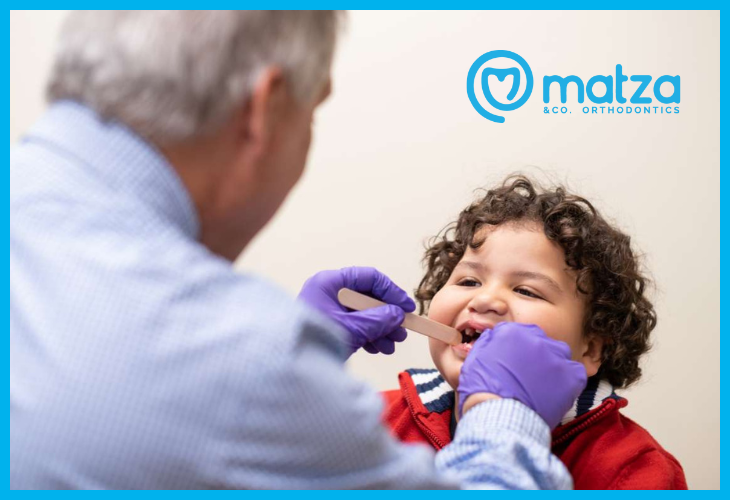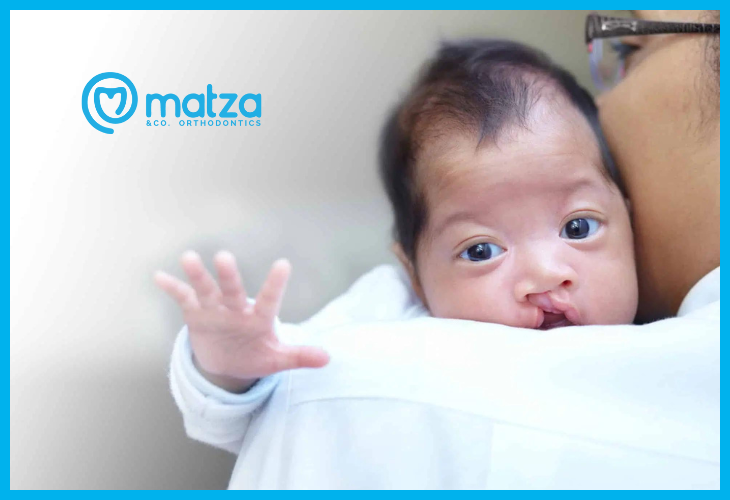What You Need to Know About Cleft & Craniofacial Conditions

Cleft and craniofacial disorders describe abnormalities of the head and face, such as cleft lip and palate. Many of these disorders are present at birth. They can affect physical appearance and important functions, such as eating. Dr. Matza has worked as a lead Craniofacial Orthodontist for Children’s Hospitals and is considered an esteemed expert in the field. Learn more to understand these conditions.
Cleft lip and cleft palate are the most common birth defect in the United States – one of every 600 newborns is affected by cleft lip and/or cleft palate.
A cleft lip is a separation of the two sides of the lip. The separation often includes the bones of the upper jaw and/or upper gum. A cleft palate is an opening in the roof of the mouth in which the two sides of the palate did not fuse, or join together, as the unborn baby was developing. Cleft lip and cleft palate can occur on one side (unilateral cleft lip and/or palate) or on both sides (bilateral cleft lip and/or palate). Because the lip and the palate develop separately, it is possible for the child to have a cleft lip, a cleft palate, or both cleft lip and cleft palate.
Cleft lip and cleft palate occur very early in pregnancy. The majority of clefts appear to be due to genetic or environmental factors, though there is no known cause in many cases. The risks of recurrence of a cleft condition are dependent upon many factors, including the number of affected persons in the family, the closeness of affected relatives, the race, and sex of all affected persons, and the severity of the clefts.

A child born with a cleft or other craniofacial condition often requires specialized healthcare from infancy to young adulthood. ACPA supports an interdisciplinary team approach for all patients, with teams comprised of professionals from a variety of healthcare disciplines who work with the family on an individual treatment plan.
Cleft-craniofacial treatment teams are made up of specialists who coordinate to offer multiple types of health care, addressing cleft and craniofacial needs throughout a person’s life. ACPA encourages individuals and families to work with a cleft-craniofacial treatment team whenever possible.
It’s a good idea to take your child to see an orthodontist who has vast expertise and knowledge in treating orthodontic problems. Fortunately, you have Dr. Matza! We are in a great office with a caring team that will treat you and your child well. Schedule an appointment today (561) 368-3480 and join our Facebook community.
Reference: [https://acpa-cpf.org/acpa-family-services/family-resources/introduction-to-cleft-craniofacial-conditions/]
